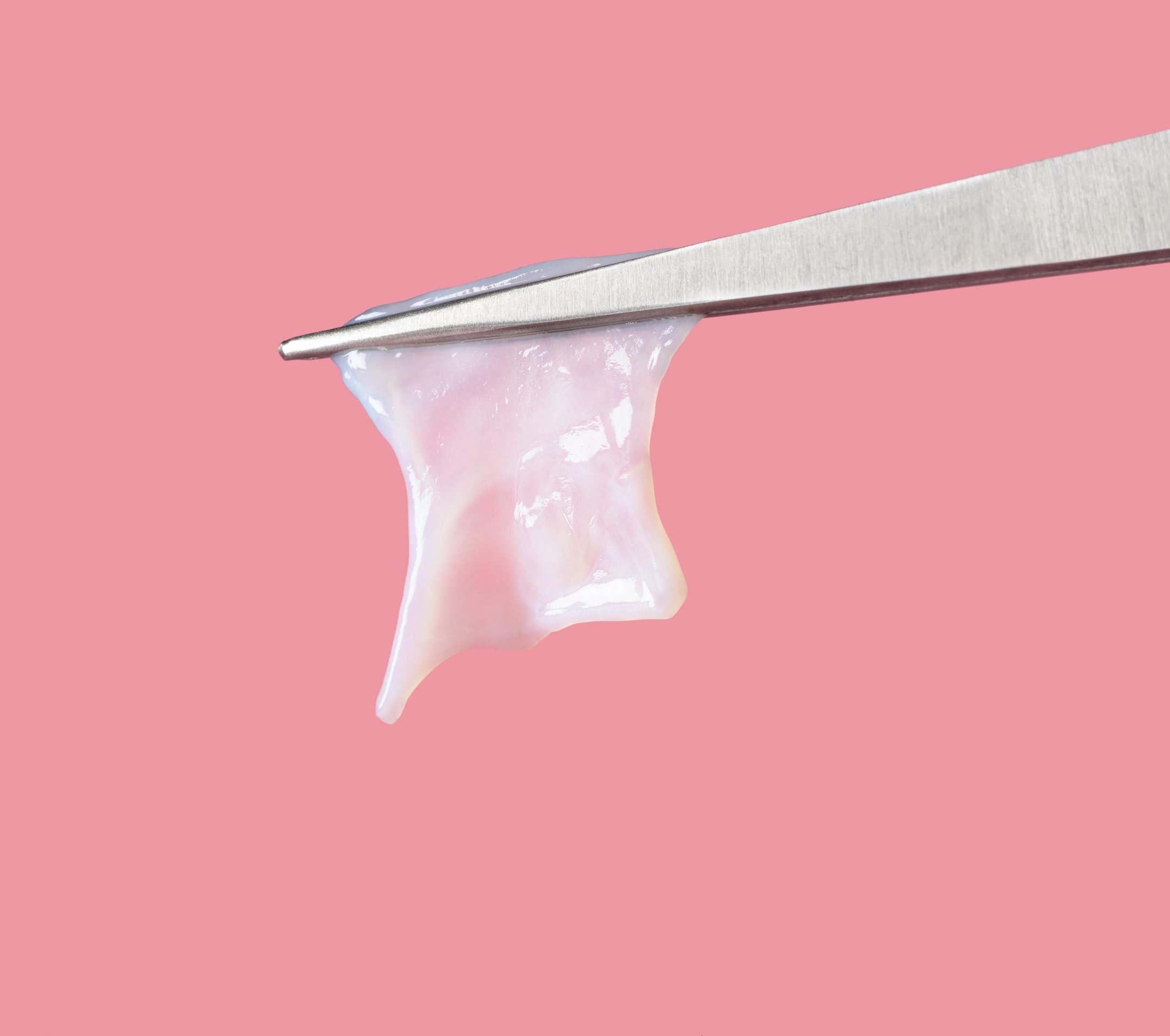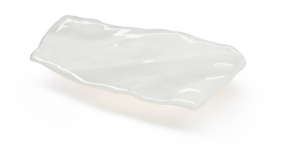
Technology
Regenerative Medicine
Regenerative healing restores the body to the same level of function as it had prior to injury or disease.
Historically, regenerative healing that brings the body back to the same level of function as it had before injury or disease has been pursued as far back as the early 20th century.1 By the 1970’s, science was beginning to document observations that fetuses in early gestation experienced a healing process vastly different from what is experienced outside of the womb.2,3
With the advent of in utero surgery in the 1980’s, direct observation of clinical outcomes of fetal healing demonstrated that it was regenerative in nature. Research has shown that this occurs because the placental tissues, particularly the amniotic membrane, has innate healing properties. More importantly, these properties can be preserved and transplanted to other environments to promote healing.
When processed appropriately, allograft birth tissue retains these properties and effectively applies them to unrelated hosts.4-6 The transplantation of this biology into mature tissue provides a means of disrupting the inflammatory cycle of repair inherent to adult tissue and drives a process of restorative and regenerative repair.
With more than 37 years of National Institute of Health funded research efforts, BioTissue has developed and commercialized proprietary technology that preserves the innate properties of the amniotic membrane. The preservation of these key components in the allografts may facilitate the modulation of inflammation to support healing without the formation of scar tissue or adhesions.
The Pursuit of Regenerative Healing
Our current understanding of fetal healing suggests that a unique complex (HC-HA/PTX3) can help orchestrate an ideal environment to support regenerative healing.4,5 Specifically, the fetus’ superior management of the body’s inflammatory mechanisms leads to organized and efficient tissue repair.
Technology
The Unique Potential of the Complex (HC-HA/PTX3)
- Create a more structured healing environment
- Manage discomfort and scarring associated with inflammation and disorganized fibrotic tissue formation
- Facilitate functional recovery by restoring range-of-motion and improving tissue and wound healing

These unique properties have been shown to reside within the placental tissues themselves. When processed appropriately, allograft placental tissue retains these properties and applies them to unrelated hosts.6-8 This transplantation of biology into mature tissue suggests a means of disrupting the inflammatory scarring type of repair inherent to adult tissue, and drives a regenerative process of restorative repair.

Fetal Healing: The Placental Tissues
Amniotic Membrane
The Amniotic Membrane (AM) is the inner layer of the placenta that surrounds the baby during pregnancy. AM shares its cellular origin with the fetus, and together they grow in parallel throughout the pregnancy. The AM is the only tissue designed by nature specifically as a universal transplant, providing an immuno-privileged barrier between the mother’s immune system and the developing child. Without this barrier, the mother’s body would reject the baby as a foreign body.
BioTissue is the first company to provide cryopreserved Amniotic Membrane products to the market. The company’s groundbreaking scientific research in regenerative medicine will support the continued development of innovative cellular and tissue-based drug and biologic products to treat an ever-broadening array of clinical conditions. More than 680,000 BioTissue allografts have been transplanted to date, benefitting hundreds of thousands of patients.
*BioTissue Inc. has published conceptual research elucidating the underlying science of birth tissue, amniotic membrane. This breakthrough research suggests that the HC-HA/PTX3 Complex plays an important role in facilitating an ideal environment suitable to manage healing across a range of surgical and wound management applications. This is disclosed in BioTissue’s regulatory applications to the FDA. Each surgeon must evaluate the appropriateness of the techniques based on his or her own medical training and expertise. Many variables including patient pathology, anatomy, and surgical techniques may influence procedural outcomes. While these clinical experiences are valid, the results are not necessarily typical, indicative or representative of all procedures in which BioTissue’s products are utilized.


